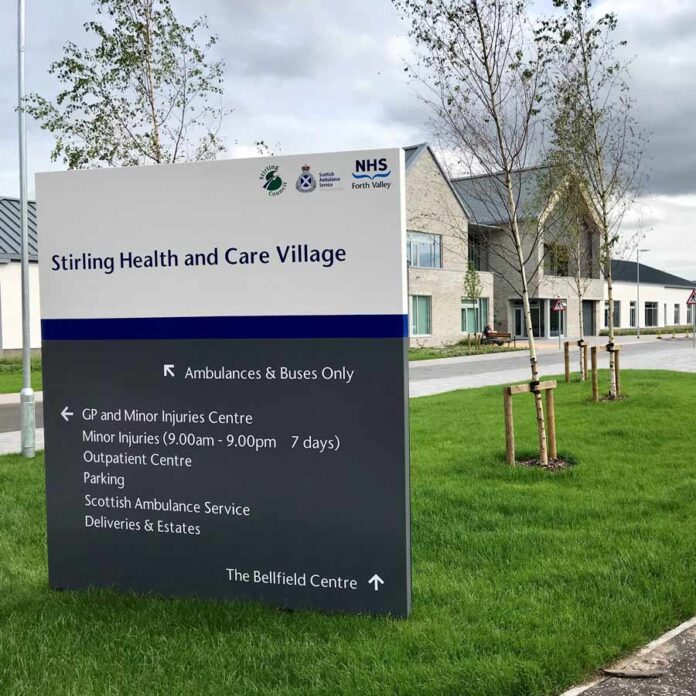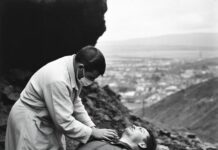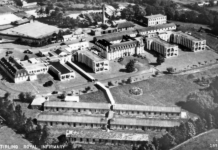Amy Cawood, Corporate Records Manager, has been delving into the historical records to find out more about the site now occupied by Stirling Health and Care Village – and what a treasure trove she has unearthed!
Did you know, for example, that the land where some of the healthcare buildings now stand was once a promontory that that overlooked an ancient sea. Geological maps confirm that the area below the site, where the Burghmuir Road now runs, contains a thick layer of oyster shells.
Imagine looking out from a point next to the Estates offices and watching whales and dolphins swimming about! It is well documented that several fossilised whale skeletons have been discovered in the Stirling area, washed up on this ancient seashore.
The area around Stirling Health and care Village now called Livilands, has been known by a variety of names – ‘Loveylands,’ ‘Levelands’ and Livelands. There is a suggestion that the name refers to an area unaffected by plague, so Live Lands, as opposed to Death Lands. Very suitable for a hospital site.
Indeed, when Stirling Royal Infirmary relocated from its former buildings on Spittal Street to its current site, it was very much praised for its wonderful location:
“The site is an ideal one from an Infirmary point of view. It forms a great, open plateau, beautifully wooded, and commanding magnificent views of the surrounding country on all sides.The subsoil of the entire site is of pure sand and gravel, the driest and healthiest of all subsoils.” – The Scotsman, 8 Aug 1928
If you have any memories or stories to tell about the former Stirling Royal Infirmary, the Greenspace Project team would be delighted to hear from you. Please contact Amy Cawood, amy.cawood@nhs.scot.







